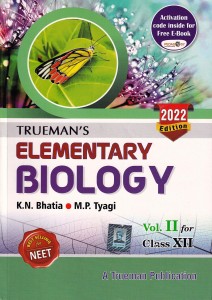Trueman Biology Class 11 Pdf 1171 High Quality 🔺
Trueman Biology Class 11 Pdf 1171 High Quality 🔺

LINK ☑ DOWNLOAD
Trueman Biology Class 11 Pdf 1171
Octopuses are believed to have evolved from a group of tube-building polychaete worms in the Cambrian period. The octopus lineage is thought to have undergone several changes of body plan, including a distention and thickening of the arms into long hollow tubes, each further extended by a specialized nerve-filled club-shaped organ. These arms have muscles that facilitate the animal's movements, while the translucent skin protects them against water damage.
Over time, the arms became flexible, allowing the cephalopod to more easily move through aquatic environments. These traits led to the phenotype of modern octopuses, which consists of two major parts: the brain; and the eight arms.
When octopuses encounter food, they have three ways of eating it: hunting, capturing, and scavenging. Hunting consists of the octopus swimming around, seemingly aimlessly. When the octopus has seen a prey organism, it will approach slowly and make waving motions to trap the prey. Once the prey is trapped, the octopus will swim smoothly to capture it. Capturing occurs when an octopus makes a series of rapid cuts and slices to pull a prey organism into its mouth. As the prey is pulled into the open mouth, an oral tentacle will grab onto the prey and eject water from a nozzle to keep the prey from escaping. Finally, octopuses will scavenge a variety of dead organisms, like crab shells, using their arms to tear the shells open and to pull pieces of the partially eaten prey into their mouths. This feeding strategy is called amphioxusian capture, as it resembles first the amphioxus capturing prey using tentacle ambushing.
By contrast, squid represent a very different class, possessing enormous light/dark eyes and sensory organs. This led to their name, "cuttlefish." Squid are generally more active than octopuses, due to the use of their specialized tentacles to capture prey. Sensory organs are probably used for hunting, as the eyes of squid are much larger than the eyes of octopuses. Tentacle arrangement is also different in the two groups, with one tentacle being circular and the other tentacle being lengthy and loopy.
https://sway.office.com/K5FgO9ZcDkculw1Z
https://sway.office.com/MyFiCmrh5nMDrEDH
https://sway.office.com/7Cbz2ow4f8P3myMt
https://sway.office.com/ZO6dWOr3Tpf5r6H7
https://sway.office.com/tPDnGwAXJtc4fMpb
https://sway.office.com/1zF3v6DcYKuUpQai
https://sway.office.com/uJREM9PRSsVP4len
990bd042c5
https://purosautosdallas.com/2022/12/27/ebook-mahabharata-story-in-kannada-pdf-free-download-hot/
https://entrelink.hk/event/kundli-lite-pro-full-version-33-__top__/
https://lgbtunleashed.com/2022/12/26/office-2010-activation-and-conversion-kit-1-6-by-razorl/
https://superstitionsar.org/vst-trumpet-plugin-sample-pack-for-kontakt-download-link-torrent-rar/
https://travestismadrid.top/malwarebytes-anti-malware-2020-crack-free-4-2-4-49/